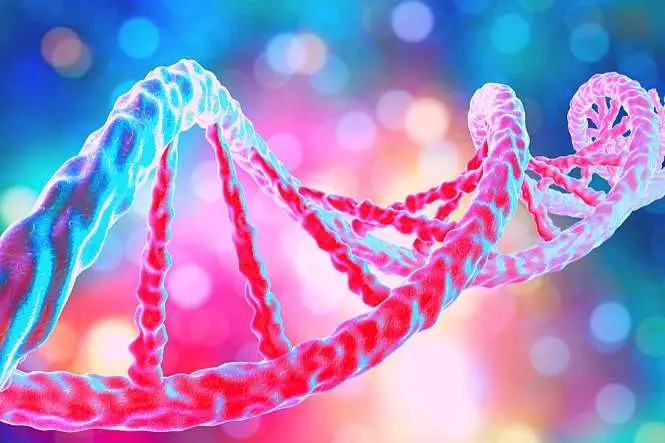DNA – or Deoxyribonucleic Acid – is the building blocks of the human race and can be found within almost every cell of the human body. There are 46 chromosomes contained within a cell’s nucleus.
What Does DNA Do?
DNA holds information about the nature in which the body grows and functions and appears as cells that the body can easily replicate as and when necessary. Within the structure of DNA there are what scientists refer to as ‘bases’ – bases are the four building blocks containing the information needed by the DNA. Under microscope conditions a strand of DNA appears as a double helix where the nucleotides link together.
This molecular structure contained within each of us is a genetic blueprint – a fingerprint – that cannot be altered and can be used not only for helping the body grow, evolve and allows us to keep the species alive; but can also be used as a means of identification.
This DNA – albeit invisible to the naked eye – is present in all bodily fluids. For the most part however we never have call to consider this as being in anyway important. However in criminal investigations DNA can be used to prove the guilt or the innocence of a suspect in a variety of different criminal cases.
DNA and Crime
DNA can be found in murder enquiries or cases of sexual assault where bodily fluids are transferred. This genetic blueprint encoded in all of our fluids and skin can be segregated under specific conditions for analysis.
It is important also to remember that although DNA information can be found by examining hairs or skin flecks located at a crime scene but that it is not necessarily a given that the individual to whom the sample belongs was actually party to any crime. The DNA evidence can be used but not solely as a means of bringing about a case for the prosecution. It can only be used as means of strengthening the prosecution’s case and should be used under the advice of an expert witness.
DNA, although individual to each and every one of us, can still be secreted in harmless ways and more often than not without the individual’s knowledge. Of course having said this it is important to remember that blood and other bodily fluids secreted at the scene of a crime are normally secreted under circumstances outside the norm. As a result of this DNA evidence is useful and can provide the final link in a criminal investigation but should be used under extreme caution.
Other Uses For DNA Tests
DNA can also be used to prove paternity or maternity in cases of parental disagreement and in the instances of terrorist attacks or natural disasters where identification of the deceased proves difficult DNA can be used to aid in the identification process.
Also DNA can be used in the process of identifying specific types of bacteria or virus and has been used to great effect in this area. Indeed during the first years of the 21st century this procedure was used to help identify certain strains of Anthrax that were being used by terrorists.
It is worth noting also that although DNA can provide a definitive identification there must be other means of identification to back it up.


